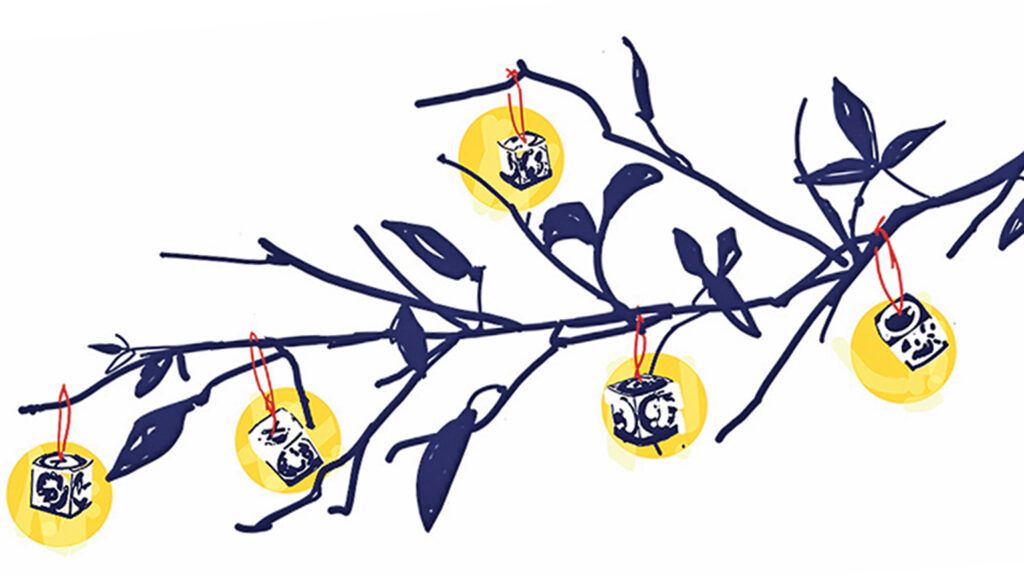It wasn’t my usual sort of Christmas. I’d gone down to Mexico, to the Yucatan Peninsula, where I was visiting my brother Edward. He was serving as a missionary priest to some small villages between Chichén Itzá and Mérida. I’d brought my Kodak Instamatic camera with me—this was some 50 years ago—and on Christmas Eve, I was using it to take pictures of the villagers celebrating the traditional Las Posadas, a procession through town that reenacted Joseph and Mary’s search for an inn in Bethlehem.
My camera required flashcubes—after every four shots, I’d take the cube off and pop on a new one. I was going to throw the old cubes away, but each time I popped one off, a boy named Raul would appear and quietly say, “I will take that, Tomasito.”
Soon Raul’s pockets were bulging with perfectly useless used flashcubes. With my brother as a translator, I asked, “Why do you want those, Raul? They won’t flash again.”
Raul smiled sheepishly and said, through my brother, “The old flashcubes don’t work for you, but they work for me.” I felt bad that Raul didn’t realize the cubes had no value.
The procession wound through the village, one door closed after another—no room at the inn—until we reached a Nativity, where the figure of Jesus was placed in the manger and the celebration could begin with the crack of a piñata.
Just before Raul dashed off, he whispered an explanation to my brother: “In my home, we hang the shiny flashcubes on the branches of a tree. The cubes are our ornaments. They bring light to our home.”
My brother and I stood there, looking at the Holy Family in candlelight, with the villagers around us. It seemed like just the right place to celebrate Christmas, among those who knew where true treasures could be found. In a humble manger beneath a sky blanketed with stars, with barnyard animals for companions. A place no one else would think to look for a king.
Unless you knew how burnt-out flashcubes could sparkle on a tree.
For more inspiring stories, subscribe to Guideposts magazine.





